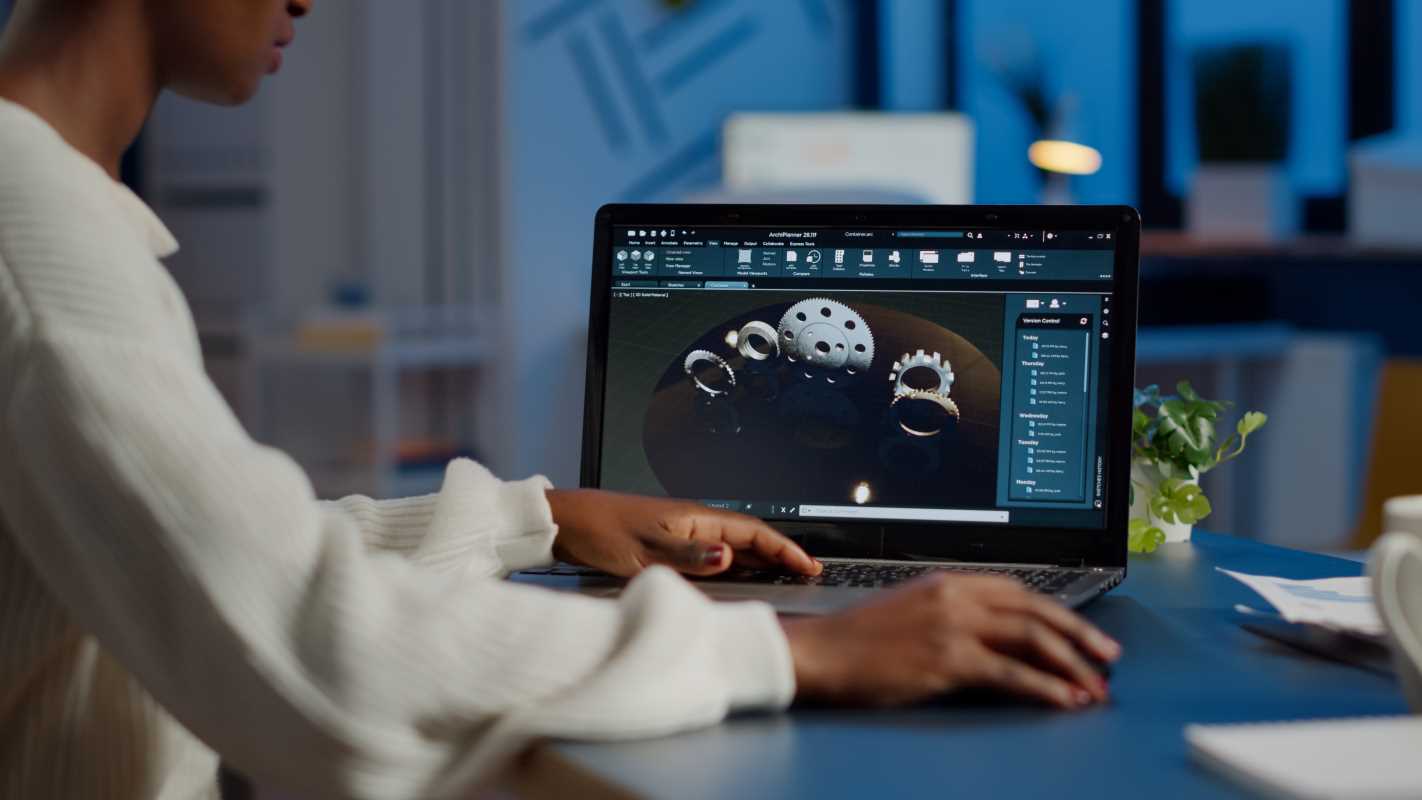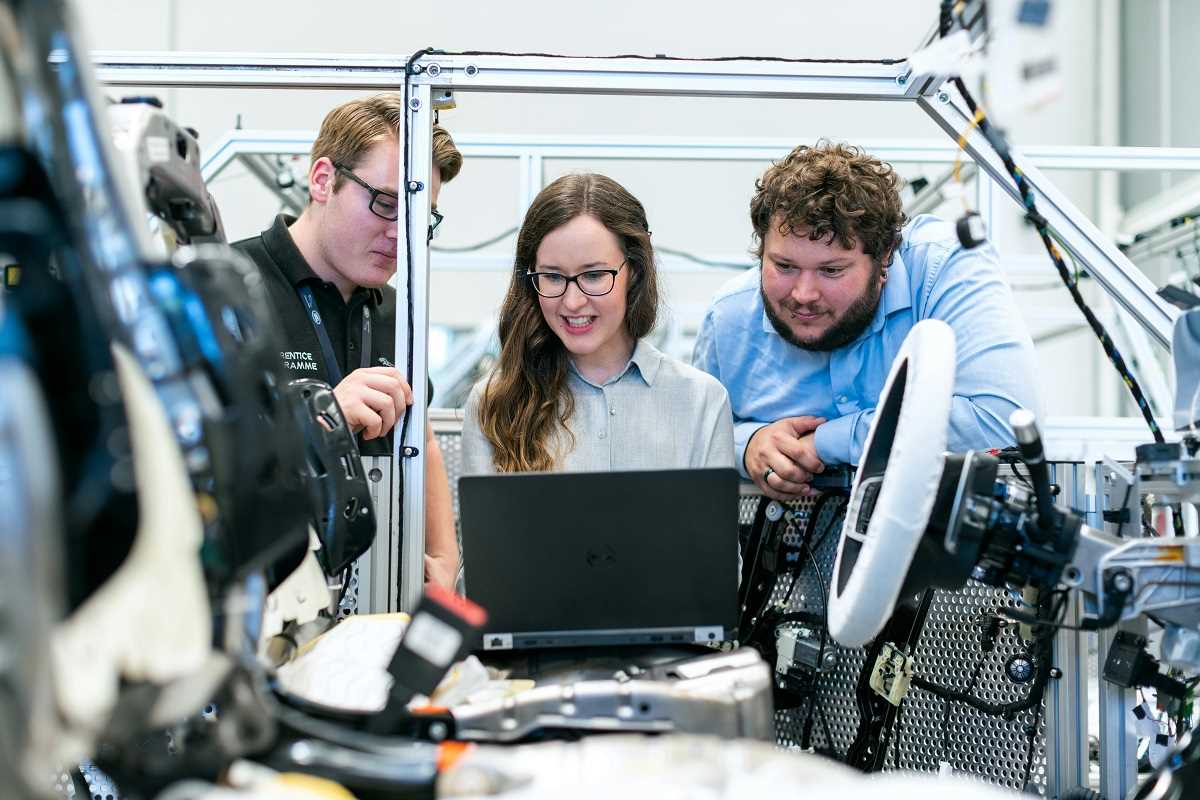It’s easy to take for granted how much technology has changed the way we drive. From navigation apps guiding us through unfamiliar streets to backup cameras helping us parallel park, innovation has made our time behind the wheel safer and more convenient. But one of the most exciting developments gaining traction is Driver Monitoring Systems (DMS). While the term might sound a bit technical, it’s a game-changer for road safety and something we can all benefit from.
Whether you've heard of these systems or not, this article will break down what they do, why they matter, and how they’re creating safer roads for everyone.
The Basics: What Are Driver Monitoring Systems?
At its core, a Driver Monitoring System (or DMS) is a technology built into vehicles that keeps an eye on the driver’s behavior while they’re at the wheel. Think of it as a silent, watchful co-pilot designed to catch signs that a driver might not be fully focused or alert.
Most systems use cameras, sensors, or infrared technology to track things like:
- Where the driver’s eyes are looking. Are they focused on the road, or is their gaze wandering?
- Facial expressions and head movements. Are they yawning, nodding off, or showing signs of fatigue?
- Steering behavior. Is the driver making jerky or overly smooth movements that suggest distraction or drowsiness?
When the system detects something out of the ordinary, like dozing off during a long drive, it sends alerts to refocus the driver’s attention. This might come in the form of a beeping sound, a vibration in the steering wheel, or even a voice prompt encouraging the driver to take a break.
Why Are These Systems Necessary?
To put it simply, driver error is one of the leading causes of road accidents worldwide. Whether it’s texting, fatigue, or even daydreaming, drivers being distracted or unfocused behind the wheel has serious consequences. Here’s a closer look at why this is such an important issue:
1. Distractions Are Everywhere
We live in a world full of distractions, and smartphones are often the biggest culprits. A quick glance at a message or scrolling through music playlists can take your eyes off the road for just a few seconds—but that’s enough time to cause an accident.
What’s eye-opening is that looking at your phone for 5 seconds while driving at highway speeds means you’ve effectively traveled the length of a football field without looking at the road. Scary, right?
2. Fatigue Is Underestimated
Fatigue while driving is more common than most people realize. Long trips, night driving, or just a lack of sleep can all contribute to drowsiness. According to studies, drowsy driving has an impact similar to drunk driving on reaction times and decision-making skills.
3. Everyone Thinks It Won’t Happen to Them
One of the trickiest aspects of combating distracted or drowsy driving is that most people don’t believe they’re likely to get into an accident. Many drivers overestimate their ability to “multi-task” (spoiler alert: Our brains aren’t designed for it!) or press on when they really should take a break.
This is where Driver Monitoring Systems step in. By constantly observing and providing real-time feedback, they help prevent those lapses in attention before they become serious dangers.
How Driver Monitoring Systems Work Their Magic
Now that we know why DMS is essential, let's dig into how these systems actually work. While there’s some variation depending on the make and model of the car, most systems follow a similar process that involves these key components.
Advanced Cameras and Sensors
The “eyes” of the system are usually infrared cameras that continuously monitor the driver. These cameras can work in all lighting conditions, so whether you’re driving under bright sunlight or in the dark, they’re reliable.
The cameras focus on key facial features like the eyes, nose, and mouth to detect signs of drowsiness or distraction. For example, repeated yawning or eyelids drooping for several seconds might trigger an alert.
AI-Powered Analysis
Here’s where it gets really smart. The data collected by the cameras are processed using artificial intelligence (AI) to analyze patterns in real time. Unlike a human observer who might miss subtle cues, AI can pick up on micro-expressions or patterns in steering to determine if something is off.
Immediate Alerts
If the system detects that the driver is veering off the road or zoning out, it immediately sends an alert. Depending on the technology and manufacturer, this could range from a visual warning on the dashboard, a chime, or even gentle vibrations through the steering wheel or seat.
Long-Term Tracking
Some advanced systems store driver behavior over time to create a profile. For example, they might learn that a driver tends to get drowsy during long highway stretches and suggest regular breaks in anticipation of fatigue.
Beyond Safety – Other Applications of DMS
While improving safety is the primary goal, Driver Monitoring Systems have other exciting uses that are adding to their appeal. Here are just a few ways we're seeing this technology branch out.
Personalization for Drivers
Some car manufacturers are integrating DMS with features that make driving more enjoyable. Imagine your car recognizing your face and automatically adjusting the seat, mirrors, and climate control to your personal preferences as soon as you sit down.
Enhanced Ride-Sharing Experiences
Ride-sharing companies like Uber and Lyft are exploring DMS technology to ensure passenger safety. Cameras and sensors could monitor both drivers and passengers during rides to create a secure and positive experience for everyone involved.
Insurance Benefits
Insurance companies may use insights from DMS to tailor premiums. Safe drivers who consistently avoid distractions can benefit from lower rates, while those frequently engaging in risky behavior could be encouraged to improve through financial incentives.
Challenges and Ethical Considerations
While DMS offers incredible benefits, it also comes with its own set of challenges and ethical concerns. For example, privacy is a hot-button issue. Many drivers are understandably uncomfortable with the idea of being recorded while they drive.
To address these concerns, most DMS are designed to analyze data locally within the car without transmitting sensitive video footage elsewhere. Transparency is key, and drivers should always know what data is being collected and how it’s used.
Another challenge is cost. While DMS is becoming more common in high-end vehicles, it’s still a premium feature that isn’t widely accessible to all drivers. As adoption grows and technology becomes more affordable, we can hope to see these systems standard in vehicles across all price ranges.
How DMS Is Shaping the Future of Driving
It’s clear that Driver Monitoring Systems are much more than just fancy gadgets. They represent a meaningful step forward in making roads safer for everyone.
By addressing the human factors that lead to accidents, DMS protects not just the driver, but also passengers, pedestrians, and other road users. It’s an example of how technology, when used wisely, can create a ripple effect of positive change.
And as this technology continues to advance, we could start to see even greater integration with autonomous vehicles, further enhancing road safety. After all, the ultimate goal of DMS is to make driving as safe and stress-free as possible.
A Safer Road Ahead
Driver Monitoring Systems are quickly becoming an essential part of modern vehicles, and for good reason. By detecting distractions, fatigue, and unsafe behavior, they’re stepping in when our human limitations fall short.
While there’s still progress to be made in terms of affordability and privacy, the road ahead for DMS is an exciting one. If more drivers are open to adopting this technology, we can look forward to a future where accidents caused by distractions or drowsiness become a thing of the past. Now that’s something worth driving toward.
 (Image via
(Image via





.jpg)